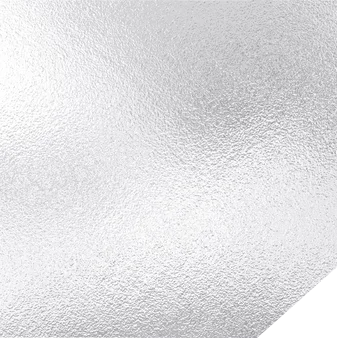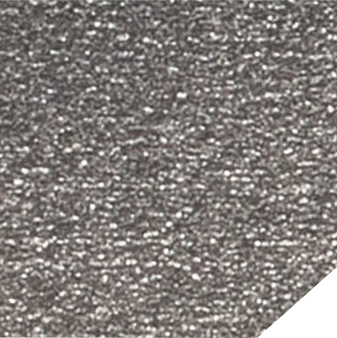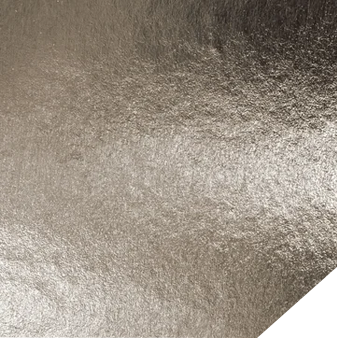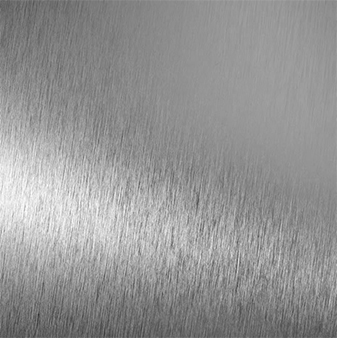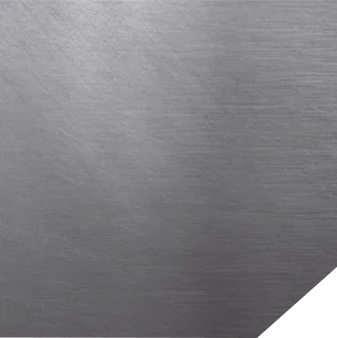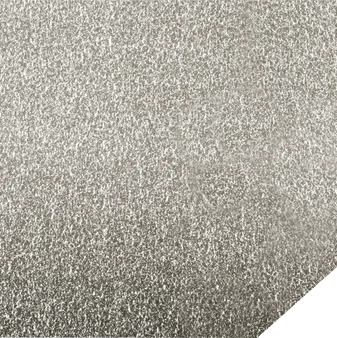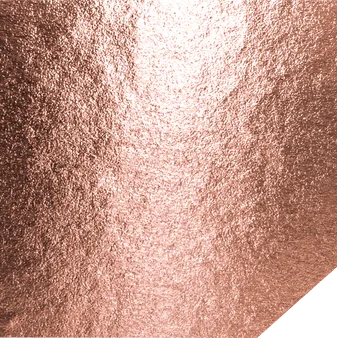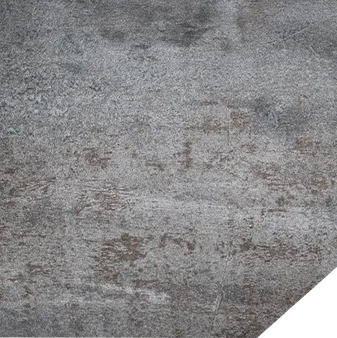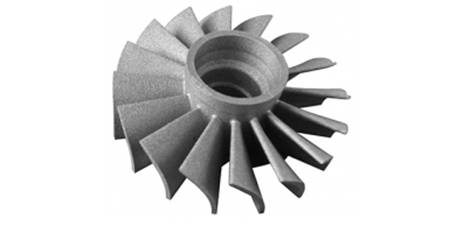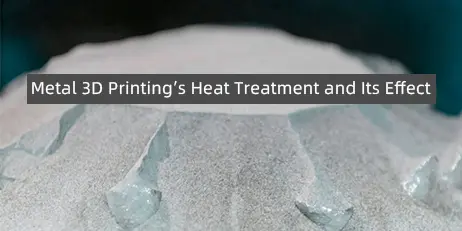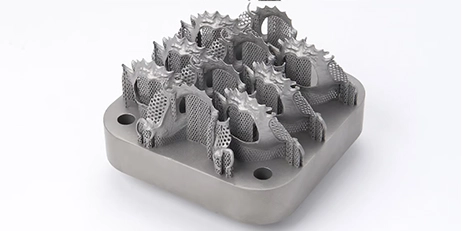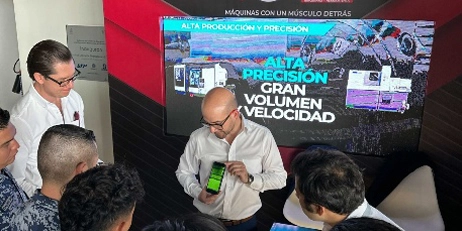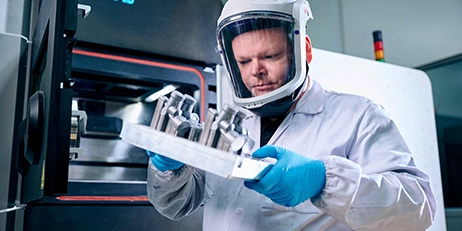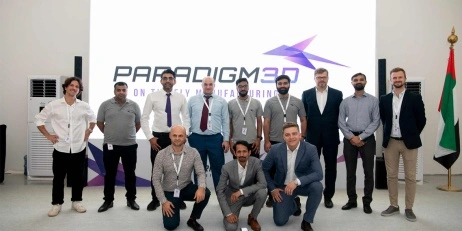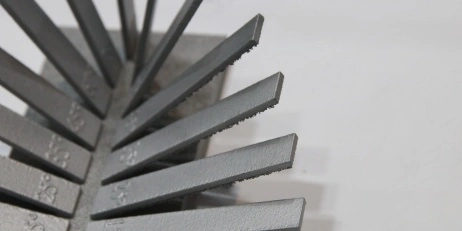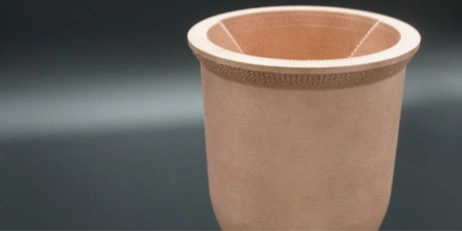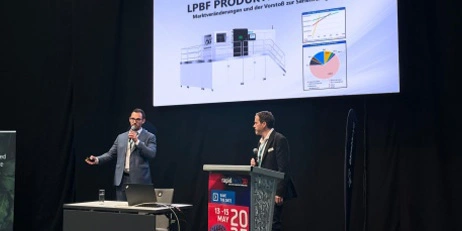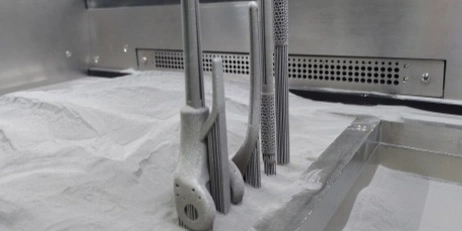What materials are used to make metal powder in Eplus3D?
Metal powder material is a metal that has been broken down into powder form. Metals that can be found in powder form include aluminum powder, nickel powder, titanium powder, copper powder and many more.
Metal powder used in Eplus3D printers encompasses a wide range of materials meticulously selected to meet diverse manufacturing needs. Among these materials are 3D printing aluminum alloys, known for its lightweight and corrosion resistance, making it ideal for aerospace and automotive applications.
Nickel Alloys, renowned for their high temperature and corrosion resistance, nickel 3D printing finds applications in aerospace, chemical, and marine industries where durability is paramount. Cobalt chrome 3D printing offers exceptional strength and biocompatibility, making it a preferred choice for medical implants and dental prosthetics.
Maraging Steel, prized for its superior strength and toughness, is utilized in demanding applications such as tooling and aerospace components. Stainless steel 3D printing service, valued for its corrosion resistance and mechanical properties, is versatile and finds applications across various industries, including automotive, construction, and consumer goods. Refractory metals like Titanium boast high melting points and excellent strength-to-weight ratios, titanium additive manufacturing, making them essential for aerospace, medical, and military applications.
Copper, with its excellent electrical and thermal conductivity, copper additive manufacturing is indispensable in electronics and electrical industries. Lastly, Case Hardening Steel offers exceptional wear resistance and toughness, making it suitable for gears, shafts, and other mechanical components subjected to high stress.
These materials are compatible with an extensive range of Eplus3D metal 3D printers, each designed to deliver precise and high-quality prints tailored to specific manufacturing requirements. Whether it's the SLM Metal 3D Printer, EP-M825, EP-M1550, EP-M1250, or any other model from the Eplus3D lineup, users can expect exceptional performance and reliability.
By leveraging these advanced materials and cutting-edge printing technologies, manufacturers can unlock new possibilities in design flexibility, cost efficiency, and production scalability. From rapid prototyping to mass customization, Eplus3D metal 3D printers offer a comprehensive solution for industries seeking to innovate and excel in the rapidly evolving landscape of additive manufacturing.
How does Eplus3Dmetal additive manufacturing improve manufacturing efficiency and reduce waste
Eplus3D metal additive manufacturing presents a paradigm shift in efficiency and waste reduction, transforming the manufacturing landscape in several key ways.
The design freedom afforded by Eplus3D enables the creation of complex and intricate geometries, optimizing part performance while minimizing material usage. This flexibility leads to lighter, stronger, and more efficient products, contributing to overall manufacturing efficiency.
Moreover, Eplus3D facilitates rapid prototyping, allowing manufacturers to swiftly iterate and refine designs without the need for costly and time-consuming tooling adjustments. This agility accelerates the development process, reducing time to market and enhancing overall efficiency.
Eplus3D's tool-less manufacturing approach further streamlines production, eliminating the need for molds and reducing both costs and lead times. This lean manufacturing methodology enhances efficiency by simplifying the production workflow.
In terms of waste reduction, Eplus3D excels through near-net-shape manufacturing, building parts layer by layer with precision, thereby minimizing material waste. Additionally, unused metal powder can be recycled and reused, further reducing waste and enhancing sustainability.
Eplus3D's energy-efficient processes contribute to waste reduction by minimizing energy consumption compared to traditional manufacturing methods. By avoiding high-temperature furnaces and other energy-intensive processes, Eplus3D promotes sustainability while improving manufacturing efficiency.
Eplus3D metal additive manufacturing offers a holistic approach to enhancing efficiency and reducing waste, revolutionizing the manufacturing industry by embracing innovation and sustainability.
Commonly used metal AM technologies in Eplus3d
In Eplus3D, several commonly used metal additive manufacturing (AM) technologies offer versatile solutions for various production needs.
Selective Laser Melting (SLM) stands out as a versatile method utilizing a high-power laser to meticulously melt metal powder layer by layer. This precision allows for the creation of intricate parts across a wide spectrum of industries.
Electron Beam Melting (EBM) employs an electron beam to selectively melt metal powder, offering high precision ideal for complex components requiring fine detail and accuracy.
Direct Metal Laser Sintering (DMLS), akin to SLM, utilizes a lower-power laser to sinter metal powder particles together, offering a balance between precision and cost-effectiveness. This technology enables rapid production of parts with satisfactory precision and speed.
Binder Jetting, on the other hand, employs a printhead to deposit a binder onto a metal powder bed, fusing particles together to form the desired shape. This approach, though less precise than laser-based methods, is cost-effective and suitable for producing larger parts efficiently.
In Eplus3D, these metal AM technologies provide a comprehensive range of options to meet diverse manufacturing requirements, from intricate components requiring high precision to cost-effective production of larger parts.


